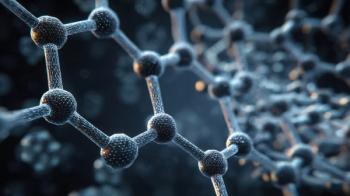
- LCGC E-Books-06-01-2017
- Volume e5
- Issue 3
Two-Dimensional Chromatography of Copolymers
Copolymer analysis is challenging because at least two distributions can be present simultaneously: the molar mass distribution (MMD) and the chemical composition distribution (CCD). A problem in GPC/SEC, that cannot be solved by using any detection technique, is that the method may suffer from limited chromatographic resolution.
A combination of different separation techniques into a single experiment (multidimensional chromatography (also called 2D chromatography, orthogonal chromatography and cross-fractionation) can help to overcome this. The corresponding peak capacity in an n-dimensional separation is substantially higher because each dimension contributes to the total peak capacity as a factor and not as an additive term.
For copolymer analysis (e.g., block copolymers, graft copolymers or others), the most common approach is to combine LAC (Polymer-HPLC, separation according to CCD) or LAC under critical conditions (separation according to CCD or end groups) with GPC/SEC in the second dimension to investigate the MMD.
Articles in this issue
over 8 years ago
Comonomer Identification: Strategies and Detection Optionsover 8 years ago
Compositional Analysis by GPC/ SEC With Multiple Detectionover 8 years ago
Polymer Liquid Adsorption ChromatographyNewsletter
Join the global community of analytical scientists who trust LCGC for insights on the latest techniques, trends, and expert solutions in chromatography.




